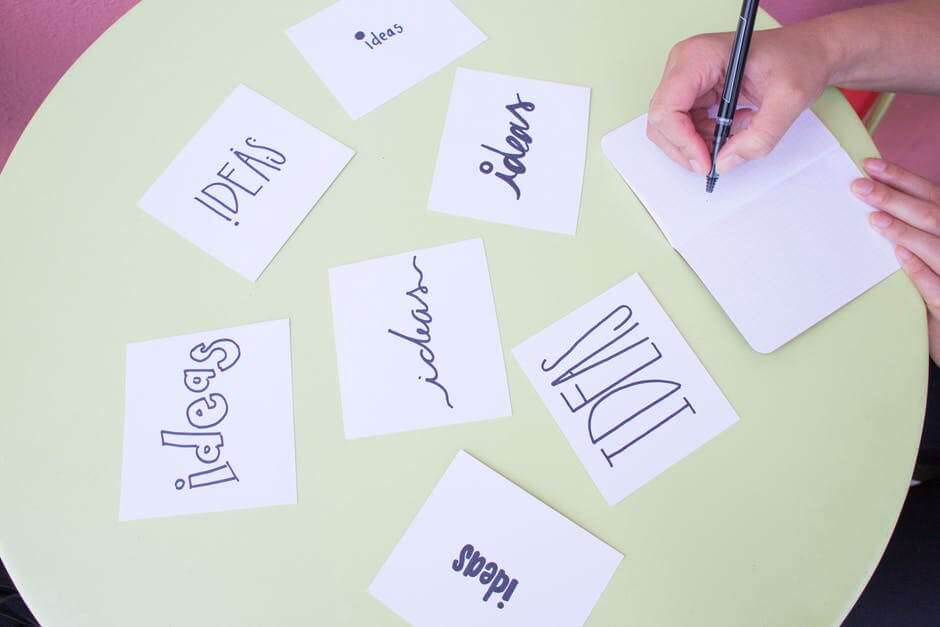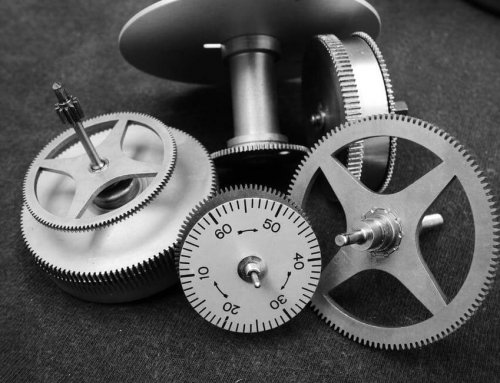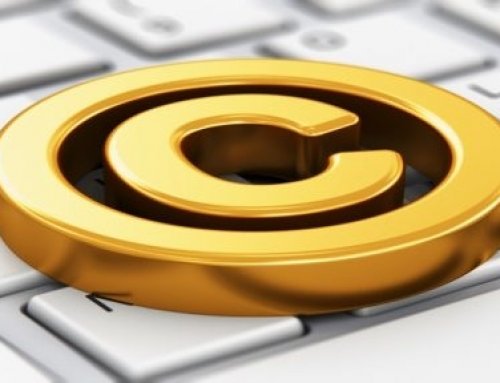It is time to clear those blurred lines on the copyrighted images, which photos are fair use online?Save yourself from grief and angry copyrighted infringement letters, and potentially a lawsuit by learning these four methods of determining if an image is protected by copyright.
- Know general signs of copyright images
- Research to determine if an image is copyrighted
- Understand how the U.S. court evaluates fairness of use
- Ask

A. Know general signs of protected image
Although there may always not an immediate way to detect the image has been copyrighted or not. Some of the most simple ways are:
- Watermark: overlays of symbol or text that may be hidden covertly or displayed upfront to protect an image to be used without an owner’s consent.
- A copyrighted symbol located on image
- A note indicating ownership or sourcing of the image
- An official copyright listing in copyright office
- It’s not yours: Although not all images have been officially copyrighted and the owner is the only legal person with all rights.

B. Research to determine if the image is copyrighted
- Conduct a reverse search on the image on Google search, to see if the image is earlier posted or who is the primary poster of the image.
- Visit a Copyright office or request an official report: I would recommend you to visit Indian copyright office to conduct a free search of copyrighted files.
C. Learn how the Court Evaluates Fair Use
- Learn how it is being used: Some work may be licensed for non-commercial use or may have certain terms of use for non-profit and other areas. In order to avoid infringement of a copyright, one must substantially alter or re-purpose the original work. If you can prove that you have utilized the image to add value in a different manner, the user may be protected by considering it an “enrichment of society”.

- What is the nature of Copyrighted piece? This analysis relates to the type of source that has been replicated.
- How much or what portion of copyrighted work is being used? In the instance that an image has been altered adequately one may be protected under ” de minimis” defence. This implies that the amount of source that has been copied is small enough to be justified by the court.
- What type of influence is on audience market: If your use of the image solicits a negative attitude towards the owner of the piece or diminishes their income, you may be sued.
D. Just Ask
Unfortunately tackling on a single disclaimer or attribution does not make an image legal for use. And, it isn’t always clear if an image has been officially copyrighted. In these cases, it is important to inquire the owner of property rights and usage. Before embedding an image you did not create, always obtain permission from the owner of the piece if you did not find it on a public domain or with creative commons licensing.





